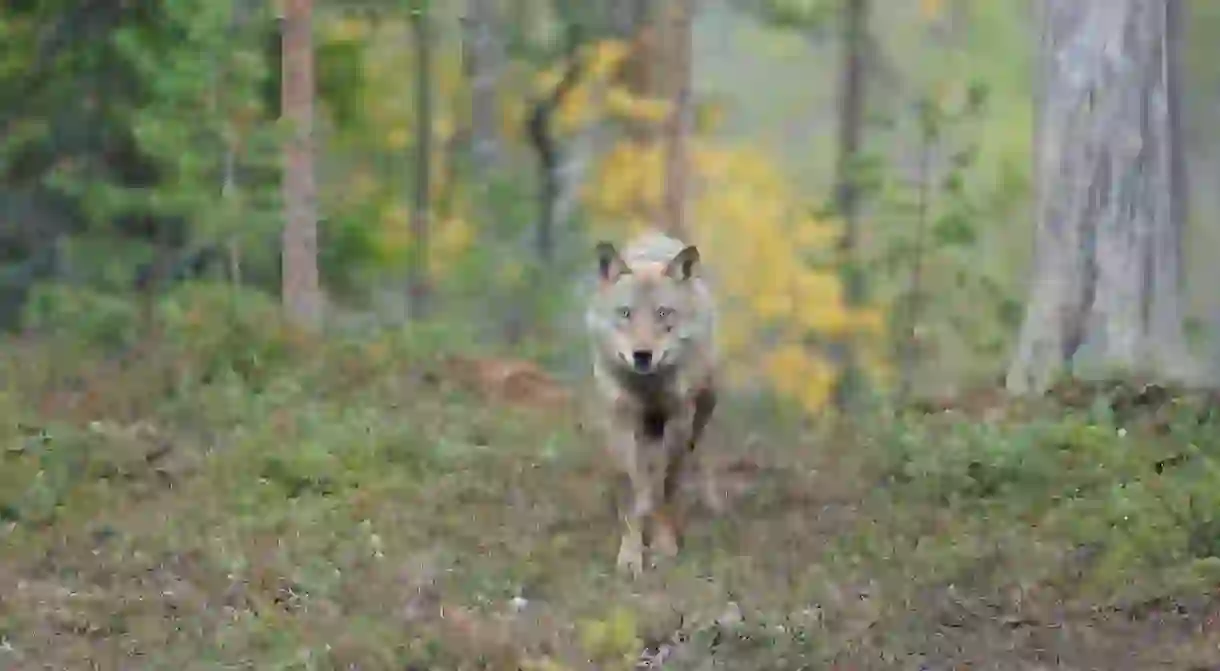Fascinating Facts You Didn't Know About the Finland Wilderness

Finland has the most celebrated natural wilderness in Europe, much of it unchanged since ancient times. Covering most of the country, it’s made up of a combination of forests, lakes, sea, tundra and bogs. Here are the most intriguing facts about rural Finland, each invaluable for when you book your trip out there.
Finland has 40 national parks
National parks are scattered throughout the country, from the Archipelago National Park covering thousands of islands to the Pyhä-Luosto on the Lapland fells. The most recent piece of land to be given national park status was Hossa National Park in the northeast, to coincide with Finland’s 100th year.

Finland is Europe’s most forested country
Finland has the highest percentage of forest cover of any country in Europe, 16 times greater than the average. Around 75% of the country is covered in forest and there are 30 indigenous tree species. Despite the lumber industry increasing by 60% since the beginning of the millennium, tree cover is kept sustainable and has even grown slightly each year.

The forests are almost completely indigenous
Barely any non-native trees grow wild in Finland. This makes the forests ideal subjects for study by scientists and environmentalists. Pine is the most common tree to be found, with other common species being spruce and birch.
Finland is 10 percent water
Finland is known as the land of 1,000 lakes, as water systems take up so much room that cross-country road trips seem to go forever. It’s even more intense in the Lake District to the east, where water covers a third of the land in some municipalities.

The fourth-largest European lake is in Finland
The lake systems in Finland are so huge that it can be difficult to know where one ends and another begins. In terms of size, Finnish lakes are second only to what’s in the neighbouring country, Russia. Lake Saimaa is the biggest in Finland, the fourth-largest in Europe, and the second-largest in the European Union at 4,400sqkm (1,700sqmi). Finland has nine more lakes that stretch to more than 258sqkm (100sqmi).

Most of the lakes are shallow
Despite the sheer size, most of the lakes are surprisingly shallow, having been formed from glaciation during the last ice age. Only three lakes in Finland are deeper than 300m (984ft).
The coastline is a challenge for sailors
There are approximately 95,000 islands off the Finnish coast, most incredibly small and making up extensive archipelagos. This creates a huge navigational challenge for sailors, and has contributed to more shipwrecks than can be counted.

The Turku archipelago is the largest in the world
Almost all of the Finnish coastline is dotted with islands. Many districts of the capital Helsinki sit on islands separate from the mainland. The Turku archipelago in the south-east, stretching towards Sweden, is the largest in the world and made up of more than 20,000 islands.
Finland is home to 190,000 reindeer
The iconic reindeer are a staple of Finnish cultural identity. Almost all 190,000 of them in Finland live in Lapland to the north and are domesticated. However, their herds still wander over wide areas, and sometimes even onto roads and into people’s gardens.
You can visit Finnish Lapland with Culture Tip on a thrilling five-day adventure which will see you ice-fishing, husky-sledding, snowmobiling and – with a little luck – marvelling at the Northern Lights.

The large predators are in danger
Large predators – such as bears, wolves, lynx and wolverines – are quintessential additions to the Finnish wildlife, with adventure holidays offering rare chances to spot them. However, decades of over-hunting have led to their numbers dropping dramatically. The wolf population is only around 300; bears are at 1,500; lynxes, 2,500; and wolverines, 150.

There are more than 1,000 species of flowering plants
Finnish flora is made up of more than 1,000 species of flowering plants. The summer growing season is short, only three to four months long, but even in the north, plants, flowers, fungi, and berries grow in abundance.

One third of Finland is marshland
It’s easy to overlook the bogs in Finland, even though up to a third of the landmass is made up of marshland. The Finnish name for the country, Suomi, even comes from the word suo, meaning bog. The soil is incredibly damp and frequently needs to be drained in farming and forestry areas. Some of the national parks cover these bogs, with miles of plank paths set up to help cross them on foot.

This article is part of Culture Trip’s Finland 100 campaign, celebrating everything Finnish on the country’s centenary.













